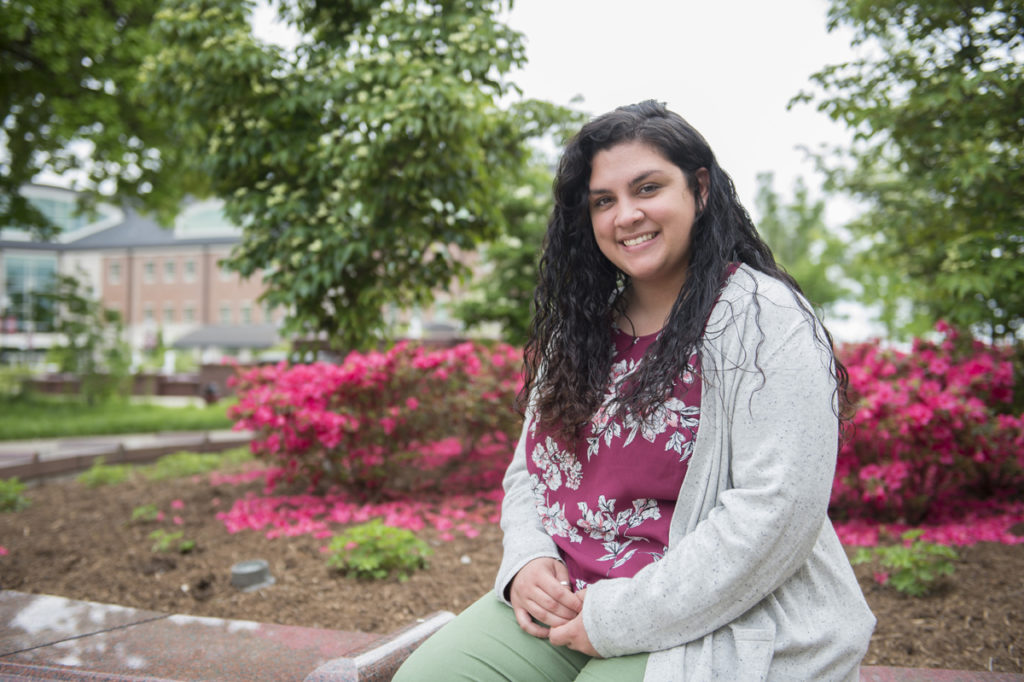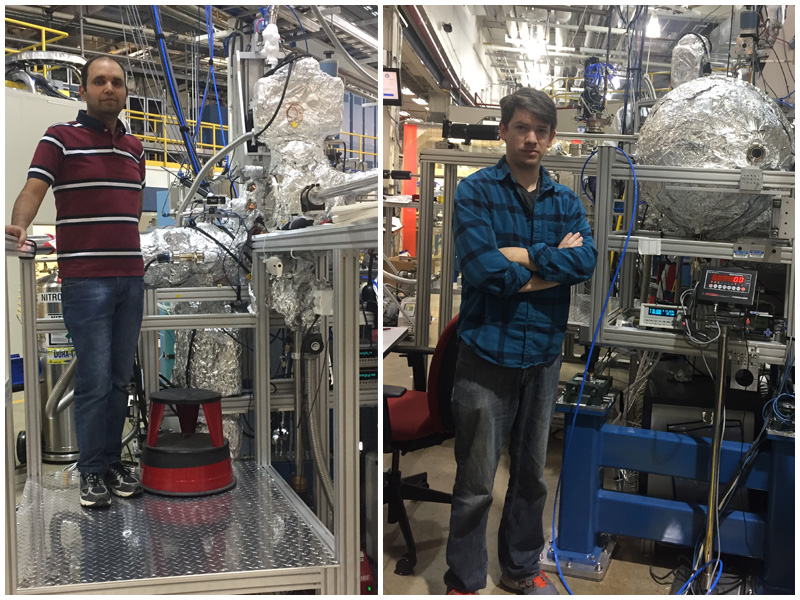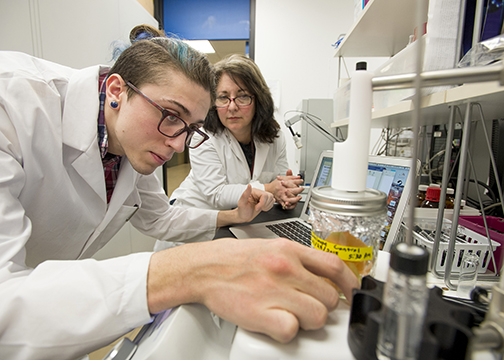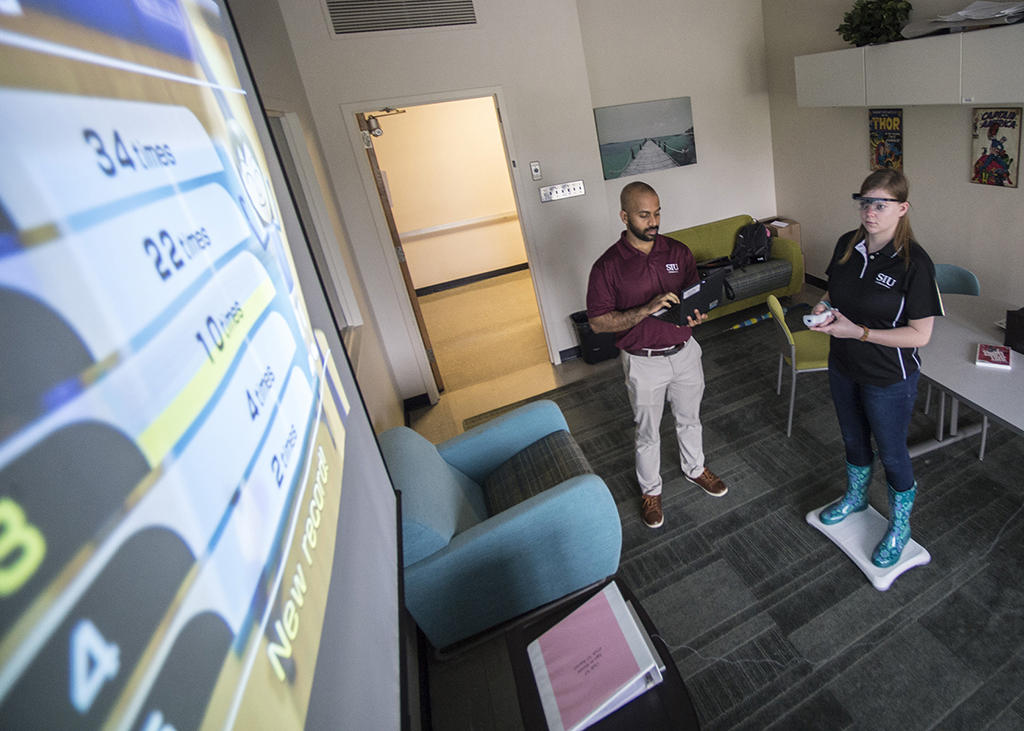
Playing with toys is a big deal for most young children. Not only does it provide entertainment and enjoyment, but it is also a vital part of their development and overall learning. However, new research by a Southern Illinois University student shows that a child’s play may have more implications than many realize.
As a parent of a young child, psychology student Chloe Baez entered her senior research project with a unique perspective. After analyzing a sample group of four- to five-year-old students in play, Baez found several ways a child’s play gave insights to their comfort and anxiety levels.
Comfort in play affects anxiety levels
Children often learn how to share and communicate with others through their play, along with learning other life concepts such as housekeeping and playacting as mommy and daddy; all things that influence them later in life.
“Being in the play lab, I saw how beneficial play is. It’s important to kids,” Baez said. “But when doing further research, I saw that play is also a key way for children to gather important life and social skills.”
Play is also beneficial in counseling settings to help children relax and open up. While research does examine the importance of play in various settings, few studies look at anxiety reduction and comfort in play together. Baez’s goal is to connect the two concepts, giving a more holistic view to parents and providers.
Comfort in play relates to how comfortable a child is engaging in the pretend play. When a child feels secure and comfortable, their play is usually more fluid, relaxed and in the open.
However, if a child is feeling fearful, stressed or anxious, they will often show it in how they play with their toys. Sometimes a child will hide behind objects, or take frequent breaks to look around and evaluate their surroundings. This hesitancy can point to underlying problems in the child’s emotional state.
“I thought it would be interesting to look at how that play helps to reduce anxiety in children, in a more natural way,” Baez said.
Play can give a peek into a child’s feelings
For Baez’s research, she worked with a longitudinal study conducted and supervised by Karla Fehr, assistant professor of clinical psychology at SIU. The data set included videos monitoring young children in a lab setting, as they played with cups, balls and animals. The children receive prompting to make a story out of the toys, which is where the analysis starts for Baez.
“I first looked at anxiety and comfort to see if they correlated,” Baez said.
To remain objective in the study, Baez simply observed the children’s action, without personally interacting with them.
“I looked at anxiety at time one before they played, and then again after they played,” Baez said. “I counted every symptom within those minutes and then I compared the two.”
Looking at anxiety and comfort alone in the children’s play, the researchers could predict whether the child would experience further anxiety after the play. However, while comfort and anxiety did appear to have correlation, results were not conclusive on how the two predicted additional anxiety patterns.
Another finding suggests that the play was a helpful way for the children to relax and relieve some anxiety. While the study is ongoing, research suggests a negative correlation, with kids who are more anxious being less comfortable engaging in play.
So far, results seem to show that anxiety levels did decrease after the playtime.
Equipping parents and providers
If children start portraying unusual play patterns or seem more hesitant and distant, it can give both parents and medical providers a helpful glimpse into the feelings and emotions of the child. The play serves as a natural peek into the child’s life, and provides an opportunity for adults to offer support as needed.
“This research is really helpful, because it shows that in some kids, play can help to reduce anxiety naturally,” Baez said. “It also gives us insights into how their play matters.”
Baez’s advice for parents is to watch their children play. If they start to notice unusual patterns or hesitancies, it can be a great starting point to offer the child additional care and attention.
After graduating in May, Baez plans to jump right into the clinical psychology Ph.D. program at SIU. She hopes to continue her research on campus and someday work hands-on with children.







